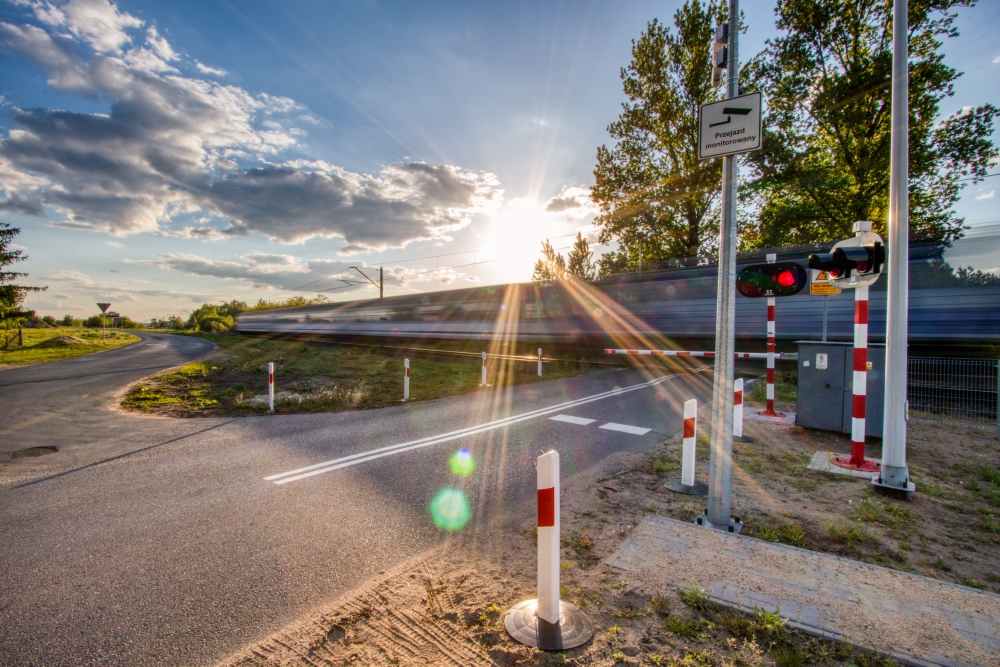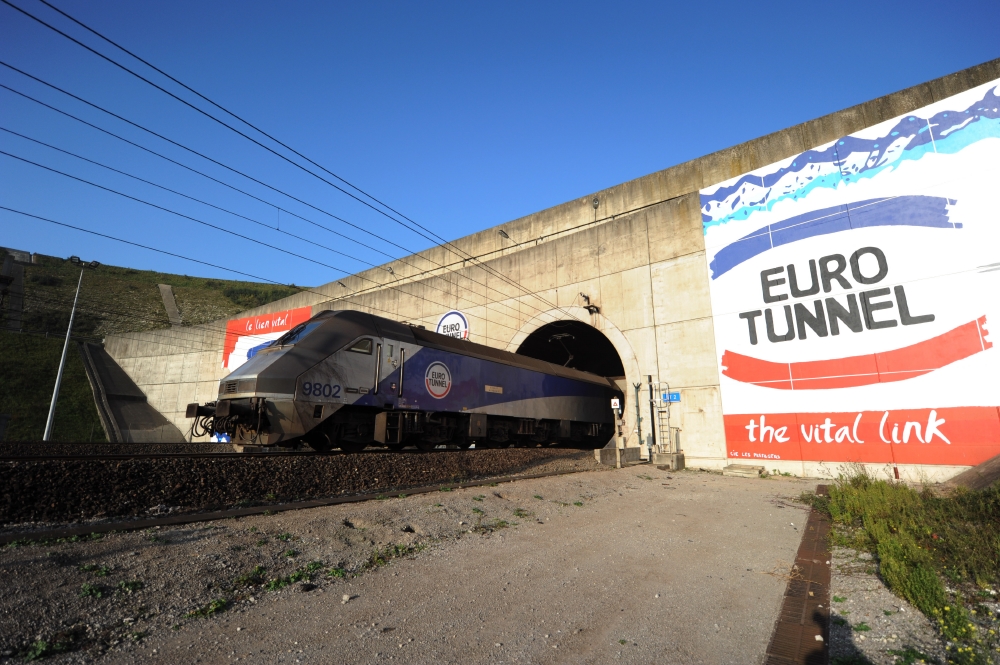Safety
Safety Safety in Railway TunnelsSafety

Objectives
To ensure a high-level of safety, Rail Infrastructure Managers (IMs) are committed to delivering a safe, high performing and reliable rail network. Regarding safety, their activities are regulated in accordance with the European legislation on safety, i.e. the Railway Safety Directive (EU) 2016/798 and the related Common Safety Methods (CSMs) and, where relevant, the Directive on the Transport of Dangerous Goods 2008/68/EC. All actors operating in the railway system, including IMs and railway undertakings (RUs), cooperate effectively to bear the full responsibility for the safety of their networks / operations within the wider railway system. On European level, the EU Agency for Railways (ERA) improves the global level of safety by establishing and updating regulations in order to improve the safety of the European railway system.
EIM in action
- EIM organises a Safety WG where IMs share best practices and information on their respective ‘Safety Management System’ (SMS) as well as on other topics related to railway safety;
- EIM’s Safety WG contributes to all safety-related activities of ERA;
- EIM cooperates with the entire rail sector to achieve improvements in railway regulation and safety, including by participating in the ‘System Safety Management Group’ (SSMG);
- EIM’s Safety WG monitors the Joint Network Secretariat (JNS) urgent/normal procedure in order to improve the safety among the members of the EIM SAF WG.
2019
- EIM contributed to the ERA revision of Regulation (EU) 445/2011 on the ‘Entity in Charge of Maintenance’ (ECM);
- EIM and its members co-signed the ERA ‘European Railway Safety Culture Declaration’;
- EIM contributed to two ERA technical documents on ‘Just Culture & Liability’ and ‘Risk Profiling’, which are related to the ‘Common Occurrence Reporting’ (COR);
- EIM contributed to ERA’s ‘Big Picture’ document, which forms the baseline for the CSM ASLP;
- EIM’s experts participated in the development of the CSM ASLP, which has replaced the previous COR development;
- EIM’s experts followed ERA’s ‘Human & Organisational Factors’ (HOF) Network;
- Some EIM members attended the ‘Safety Leadership Training’ held by ERA;
- EIM’s experts are following the ‘AsBo Cooperation Group’, which has the task to harmonize the work of the assessment bodies (AsBo);
- EIM’s experts followed the ERA WP on the ‘Transport of Dangerous Goods’ (TDG);
- EIM’s Safety WG increased its cooperation with other WGs of EIM on safety-related topics, such as EIM’s NOI WG, EIM’s OPE WG and EIM’s SRT WG.
Outlook 2020
- The work on a new legislation on CSM ASLP will be part of a public consultation by the end of 2020; EIM will continue supporting ERA in its activities to promote the safety culture;
- EIM will continue to work with all relevant ERA WPs (CSM ASLP; HOF; TDG and AsBo Cooperation).
Directive (EU) 2016/798
Safety in Railway Tunnels

Objectives
Railway tunnels present a higher risk for the safety of train passengers and on-board staff during operations due to their confined space. Fire, derailment, long stops and other accidents require preventive safety measures to minimise the risk and increase the comfort of passengers. In addition to the Railway Safety Directive (EU) 2016/798 applying to all infrastructures, specific requirements for tunnels have been developed in the Regulation (EU) 1303/2014 on ‘Technical Specification for Interoperability for Safety in Railway Tunnels’ (TSI SRT). The TSI SRT establishes safety specifications and recommendations for all tunnels.
EIM in action
- EIM’s Working Group on ‘Safety in Railway Tunnels’ (SRT WG) discusses common issues on tunnel safety and follows the workstream of the EU Agency for Railways (ERA);
- EIM experts are also actively engaged in the ERA Working Party for the TSI SRT;
- EIM promotes the dialogue between Rail Infrastructure Managers (IMs), Railway Undertakings (RUs), and emergency response services to ensure that EU Member States adopt a coherent approach between risk mitigation, investments and the feasibility of projects
2019
- EIM’s SRT WG responded to the public consultation of the EU Agency for Railways (ERA) on the revision of the TSI SRT;
- EIM submitted a proposal to the ERA to review the characteristics of exposed cables in tunnels. This position was endorsed by ERA.
Outlook 2020
- EIM will continue assessing on how the revised TSI is implemented so that the advantages and disadvantages will be taken into account during the next revision;
- EIM’s SRT WG will also take action if the results of the risk-based paragraphs in the revised TSI lead to lower safety levels in the future;
- EIM’s SRT WG will closely monitor ERA’s new TSI revision process.
